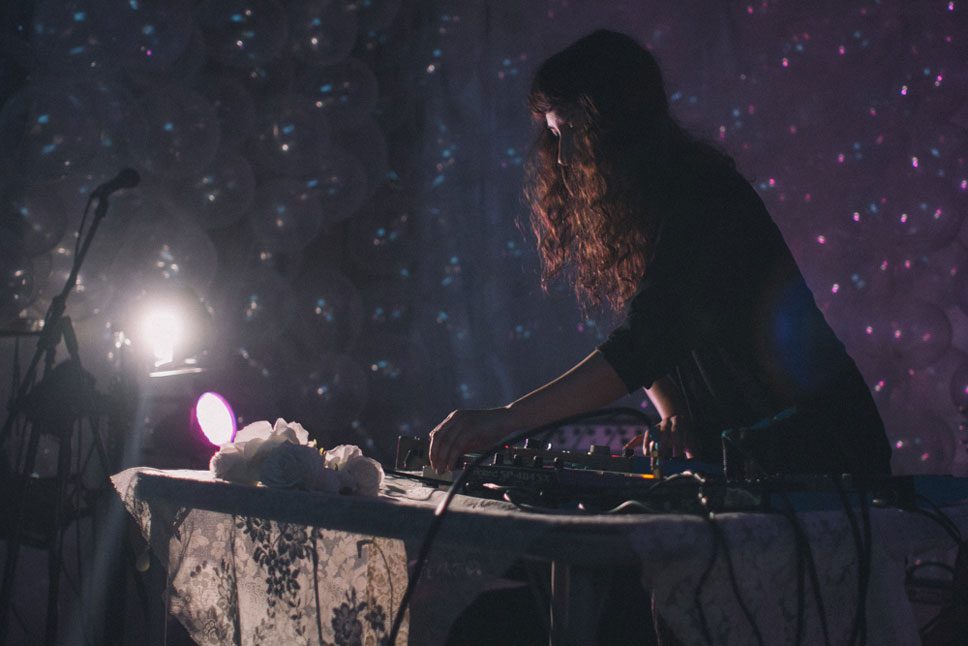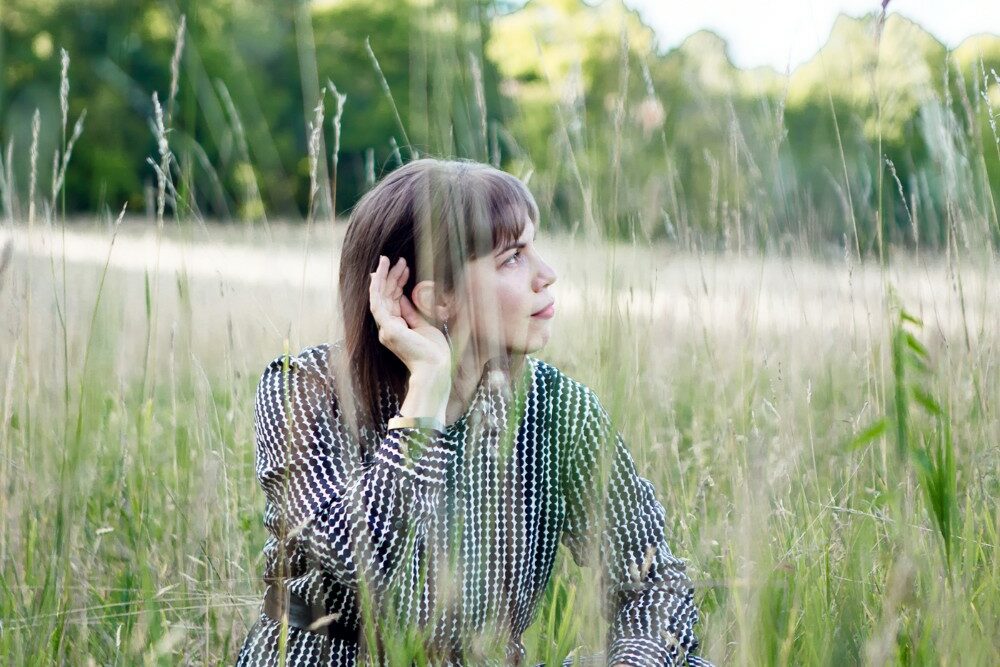
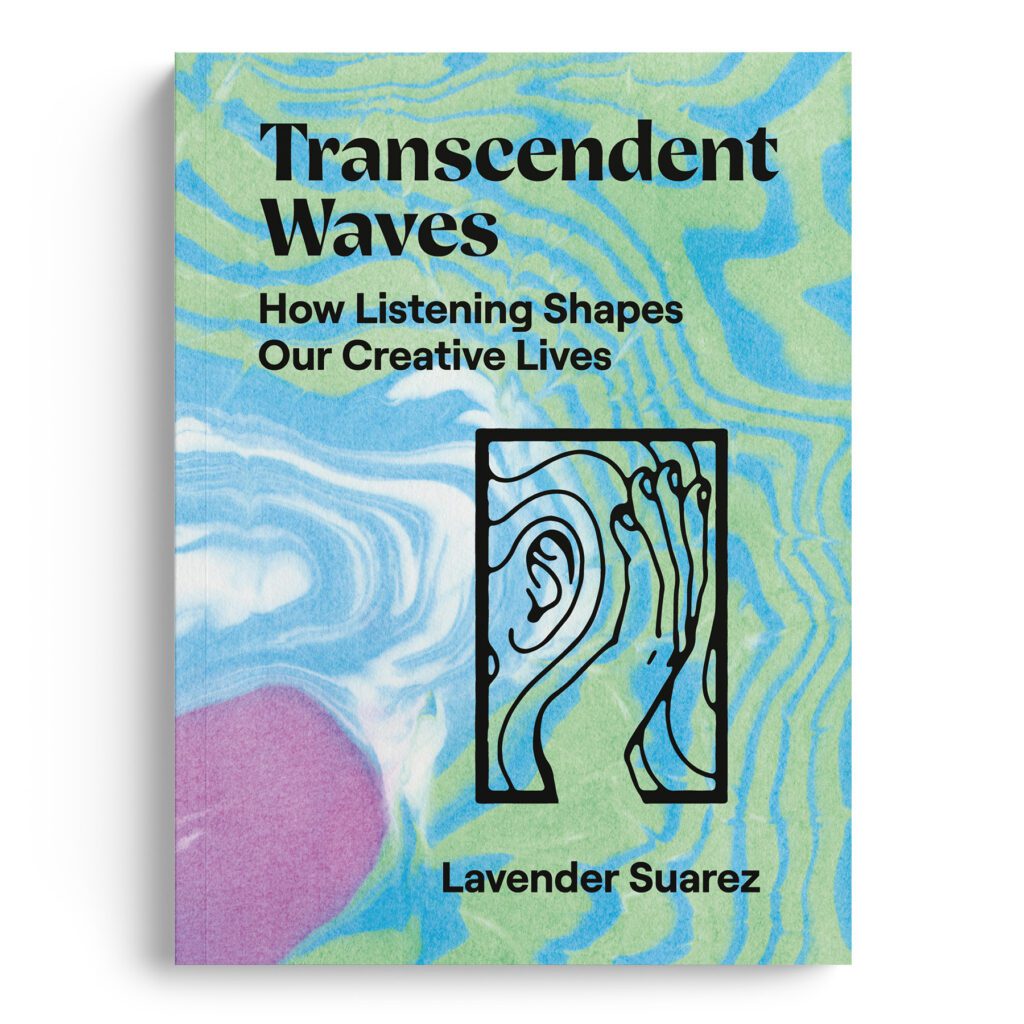
Prior to the pandemic, sound healing – a practice that utilizes relaxing vibrations in the hopes of easing participants’ anxiety, insomnia, or other ailments – usually took place in person, on a blanket or a mat with a real life human being playing gongs, Tibetan singing bowls, tuning forks or other esoteric instruments right there in the room. Since March, sound healing has moved to the virtual domain, though its practice still hinges on vibrations and frequencies tuned specifically to help people emote and relax. If you’re new to the experimental world of sound healing and meditation, Transcendent Waves, the debut book from healing practitioner, meditation teacher, and artist Lavender Suarez, has arrived just in time for your new found exploration.
Out December 15th via Anthology Editions, the hybrid how-to guide stretches beyond sound healing as a trend, and deep dives as an immersive artist’s workbook. Rooted in scientific evidence, the anecdotes and spontaneous writing prompts open up new perspectives listening can bring to our inner lives and creative bubbles. It also outlines how listening can unlock moments of creative spark, self-awareness, and mindfulness.
When asked about the transition from analog to virtual, Suarez commented, “I think it’s really great to experience a sound healing treatment from the comfort of your own home.” Certain frequencies can activate our body’s healing system, and increase clarity, energy, better sleep, focus, and tranquility. For that reason, says Suarez, some folks may explore sound healing right before bed, or at the beginning of their day. “You can cater it to exactly your schedule, avoiding any commute, which can be stressful,” she adds.
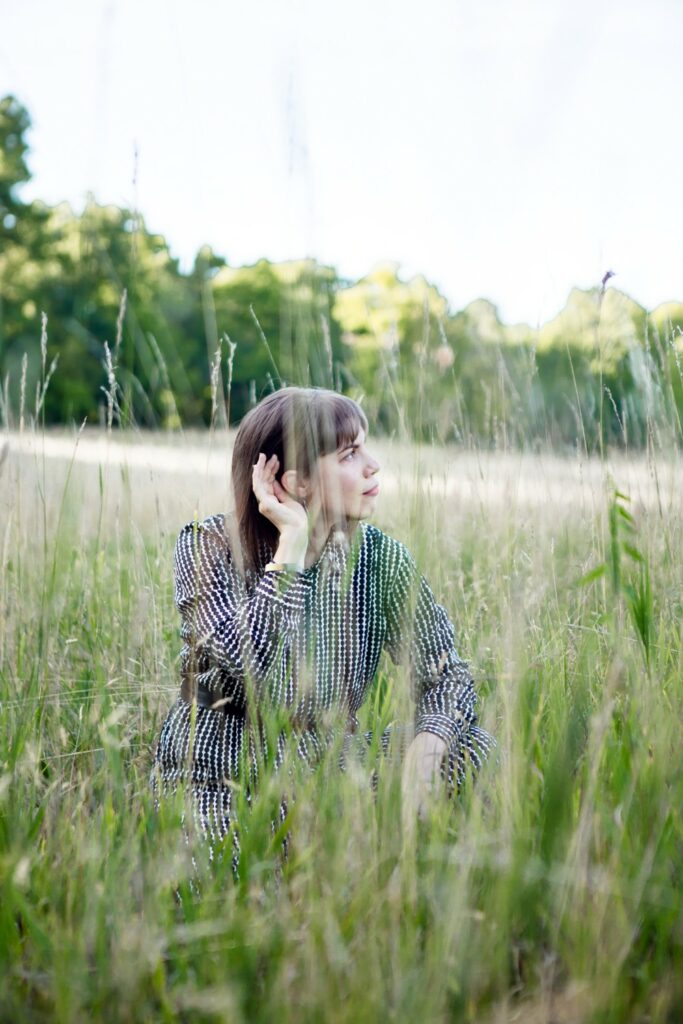
Suarez’s relationship and connection to sound developed in early childhood. As an eight year old, Suarez serenaded her neighbors with her beloved companion – her saxophone. “I didn’t like the feeling of the neck strap, I just liked holding the saxophone,” she says. “I don’t have distinct memories of this, but my mom would tell me I would just walk around the street in my neighborhood playing the sax. I just had so much fun with it.”
Her study expanded from her passion for the tactile feel of the sax, into electronic synthesizers, and bass and percussion during her teenage years. “I just wanted to absorb sound in my own way. I’ve always had a very intuitive and therapeutic relationship with music,” she explains. “In school I was glued to my discman. Even if I had just 30 seconds between walking to another class in school, I would throw my headphones in and listen to part of a song before my next class.”
During college, Suarez found herself studying psychology and art therapy, eventually configuring a way to fuse these passions with her personal connection to sound. “When I learned the methodology of sound being used therapeutically with people, I thought, ‘Wow, that’s exactly what I want to do.’”
Suarez has hosted educational and meditative listening experiences and workshops at MoMA, the Guggenheim, the Whitney, the Hirshhorn Museum, and the Rubin Museum of Art. The Rubin was one of the first major museums to approach Suarez to speak on sound and movement. Initially asked to lecture on how brain waves sync with sound and movement, Suarez decided to speak on how the power of sound specifically aids in relaxation. The event evolved into a 45-minute presentation about neuroscience and the powers of sound on the mind, closing the talk with an electro-acoustic sound bath (she felt it would be a tease to explain, but not offer, the experience). This became a stepping stone in her career, and opened the gates to the expansive world of museum programming. “A person may never think about walking into a yoga studio, but someone wandering through their favorite museum may see a free meditation class advertised in a space they already love visiting and give it a go,” Suarez says.
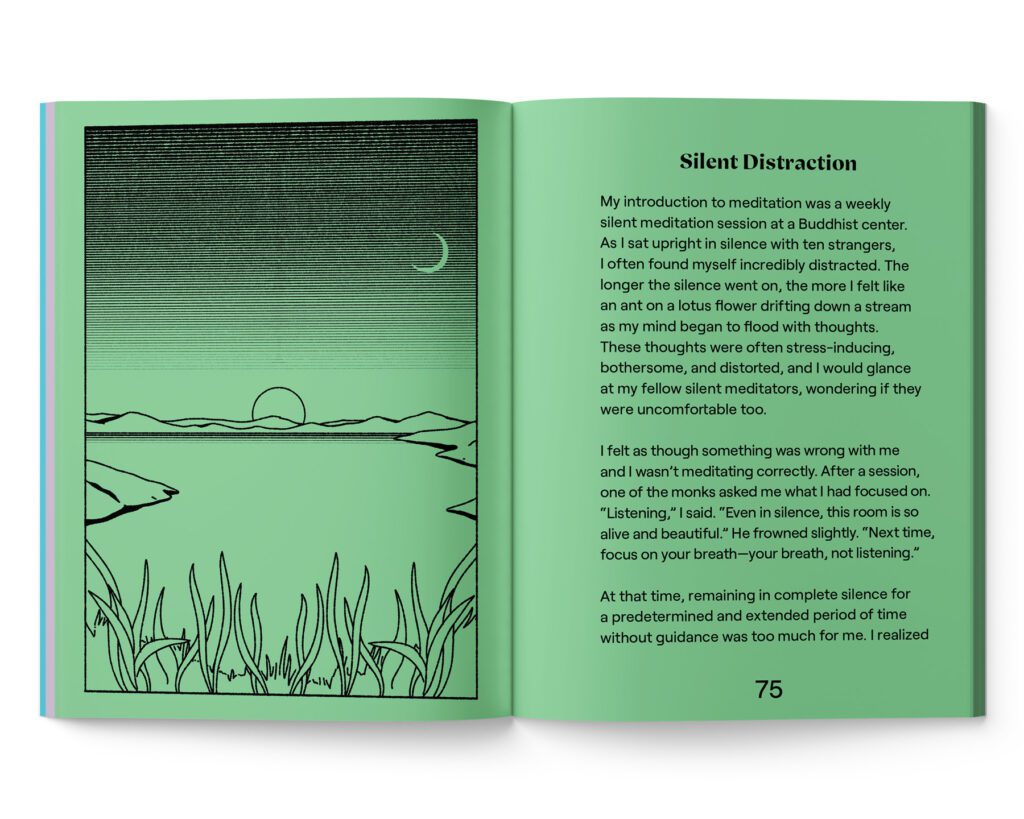
Suarez teaches an ongoing hybrid art therapy sound bath workshop called Meditation for Creative Expression. “I’ve always had a strong mission to help artists and musicians, particularly with my therapeutic practice. These communities are often uninsured, and don’t have access to certain health resources,” she says. “I had a lot of friends who were on extreme touring schedules, and suffered from anxiety and exhaustion. Not everyone is necessarily seeking out healing methodologies, but I really wanted to provide a healing service.”
It began as an in-person four week workshop at the Brooklyn Public Library in January, and has continued virtually at Pioneer Works. After a guided meditation, participants are given time to free write or free draw while Suarez creates meditative music in the background. At the end, people share what came through to them, and what they created.
“We feel more fluid creating art, when we can clear our minds,” Suarez explains. “I love it, because it’s for people of all levels of artistic practice. This book came out of teaching many workshops since 2014, it’s accessible, and catered to all creative people, age groups, and backgrounds, not just artists. Even if we don’t think that we’re artists or creators, we express ourselves every day. There’s always a creative process going on in our minds; this workshop is meant to let that process come through in the most fluid way possible.”
The book’s remarkably relatable tone sets it apart as a dynamic, accessible and enriching read. It guides the reader to discovering their sonic sanctuary, where the sound quality of the space provides you with the emotional state you desire within that moment. “A sonic sanctuary might be a quiet park that you return to when you need to clear your head. Or a bustling coffee shop if you want that caffeine energy bustle to finish a term paper,” Suarez says. “During the pandemic, a sonic sanctuary for me has been riding my bike through Prospect Park. I love riding the trail, and the sensation of hearing little bits and pieces of all the different things going on. There’s the element of nature, but then you catch people talking, or a jazz band in the distance. I love the sensation of riding my bike straight through, hearing the ducks, birds, sometimes small private parties. I’m moving through so much sonic stimulation that I otherwise don’t necessarily get when I’m at home.”

Too often, wellness providers set the tone of having secret knowledge that they’re going to share with you, as a form of gatekeeping. This book shares knowledge, with a friendly, open-minded approach. Suarez effortlessly displays the interconnectedness of clinical science with inquisitive philosophical ideas. “I wanted to create a book that really appreciates how much goes into what happens when your ears hear a sound,” she says. “I wanted to spark inspiration to give options for people to go down their own rabbit holes and paths with sound – what happens when you’re standing in a certain building, and you can hear a whisper from the other side of the room? Those phenomenon are fun, and bring us into the listening world in a way where we’re really understanding what’s happening.”
Suarez found narrative inspiration from Yoko Ono’s book grapefruit, deriving from The Fluxus movement, an avant-garde art movement of the late 1950s which emerged from a group of artists who had become disenchanted with the elitist attitude they perceived in the art world. “These abstract poems are about the ways you interact with your art. They could be taken literally, or they could just be philosophical. Make a painting, leave it in the moon overnight, the next morning, burn it,” Suarez says. “I wrote this book to counter the visual-centric world we live in. I wanted to share my belief that all artists of all types can be inspired by sound and listening. A lot of the time, sound likes to stay in the corner of music, and then visual art is in a different realm. It doesn’t have to be that way. I would like readers to walk away with a deeper connection to the impact of listening in their lives, and listening to themselves and the world around them, and how that can open up creative possibilities for them.”
Follow Lavender Suarez on Facebook and Instagram for ongoing updates.



